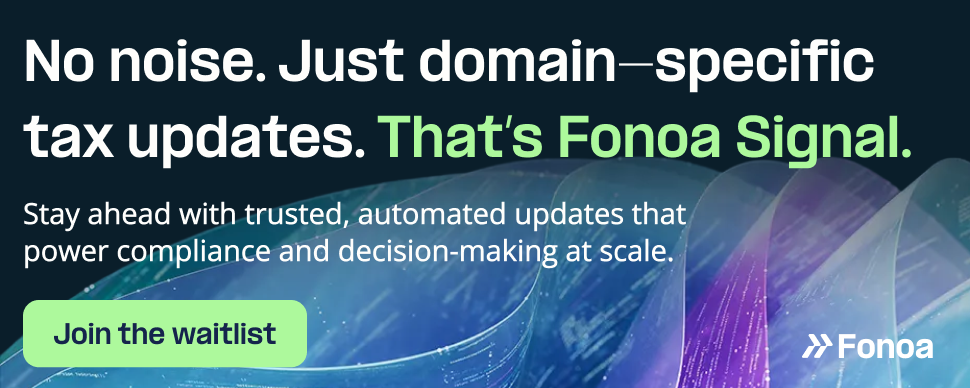- VAT gap methodology uses a ‘top-down’ approach to measure tax gap
- Uncertainty rating assigned for each tax gap component
- VAT gap estimated to be 4.9% of theoretical VAT liability, or £8.1 billion in 2022-2023
- VAT gap has decreased from 13.7% in 2005-2006 to 4.9% in 2022-2023
- 2022-2023 VAT gap revised downwards from previous estimates
- VAT receipts and contribution of non-payment to VAT gap shown in Table 2.1
- Figures for previous years revised due to methodological improvements and updated data
- Non-payment for VAT measured from tax year 2007-2008 onwards
Source: gov.uk
Note that this post was (partially) written with the help of AI. It is always useful to review the original source material, and where needed to obtain (local) advice from a specialist.














